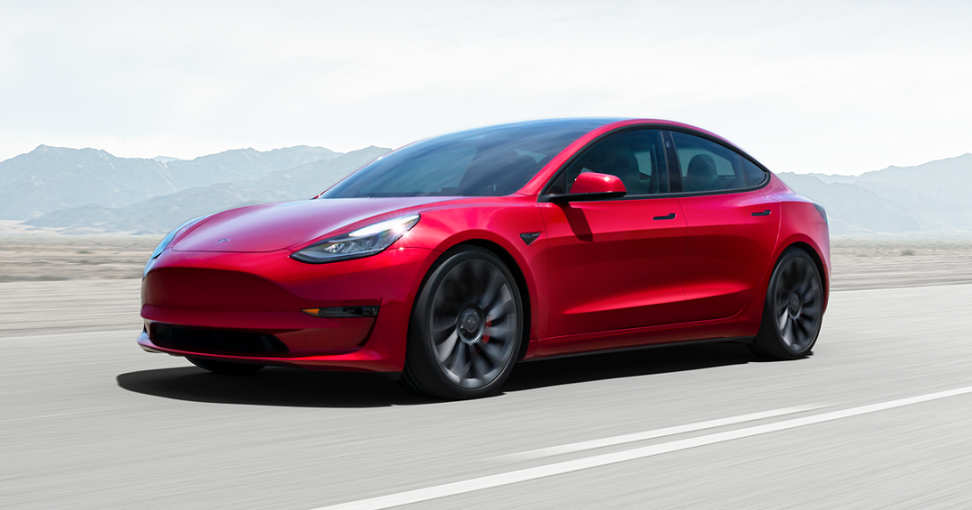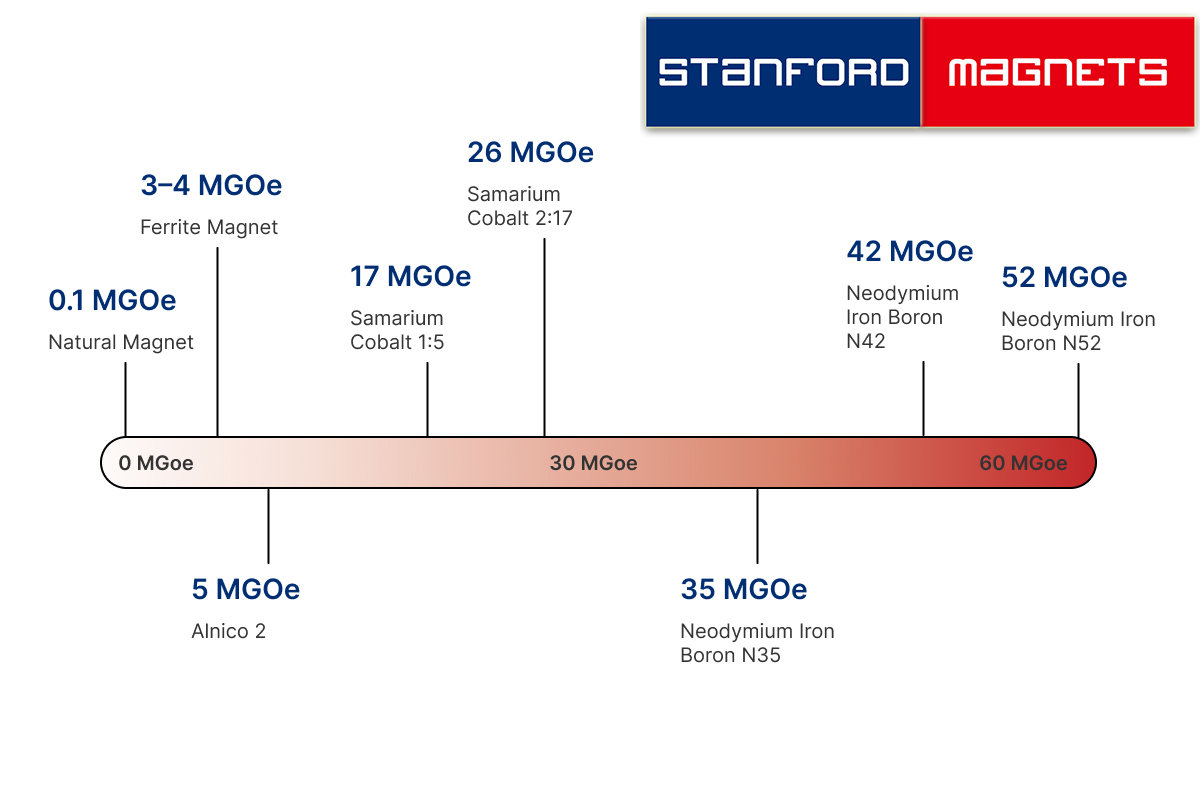Permanent Magnet Motor in Model 3 Tesla
Tesla's Model S and Model X both use induction motors, while Model 3 uses an embedded permanent magnet synchronous motor for the first time. In this article, let's take a deeper look at the permanent magnet motor in Model 3 Tesla.

Permanent Magnet Motor in Model 3 Tesla
AC Asynchronous Motor
The AC asynchronous motor is also called an induction motor and consists of a stator and a rotor. The stator core is generally made of laminated silicon steel sheets and has good magnetic permeability. There are evenly distributed slots on the inner circle of the stator core. This slot is used to place the stator windings. The windings are composed of dense copper wire coils, which can generate a magnetic field when the coils are energized. The motor of an electric vehicle is connected to a three-phase alternating current, and the direction of the magnetic field changes with the direction of the current, thereby forming a rotating magnetic field. The direct current in the battery pack is converted into alternating current through the inverter and supplied to the stator winding coil to generate a rotating magnetic field. The conductive rod on the rotor can be regarded as a wire. Although the wire is stationary at this time, because the magnetic field is rotating, the wire is cutting the magnetic line of induction. The induced electromotive force is generated in the rotor conductive rod, and the rotor wire rod is a closed path, and the current is generated in the conductive rod. The current generates a rotor electromagnetic field, and the rotor rotates with the rotation of the stator magnetic field. This is how the AC asynchronous motor converts electrical energy into mechanical energy. The rotor of an asynchronous motor is always chasing the rotation of the stator's magnetic field, so there will be a difference between the speed of the rotor and the speed of the magnetic field.
Advantages and Disadvantages of AC Asynchronous Motors
Advantages: good reliability, high-speed performance, and low cost. Disadvantages: Low power density (larger volume at the same power level), low energy conversion efficiency, and high energy consumption.
Permanent Magnet Synchronous Motor
Permanent magnet synchronous motors are very similar in structure to AC asynchronous motors. The main components are also the stator and rotor. The structure of the stator is the same as that of AC asynchronous motors, but the rotor is composed of permanent magnets. The rotation of the permanent magnet synchronous motor is the magnetic field rotating on the stator attracts the constant magnetic field on the rotor, and the rotation speed of the stator magnetic field is consistent with the rotation speed of the rotor magnetic field.
Advantages and Disadvantages of Permanent Magnet Synchronous Motor
Advantages: high power density, high energy conversion efficiency, and low energy consumption Disadvantages: due to the addition of permanent magnets, the cost is increased. Permanent magnets have the risk of demagnetization under high temperature and vibration environments. Model 3 uses permanent magnet motors to improve energy efficiency and extend battery life. Due to the smaller body of the Model 3, even if a higher energy density 21700 lithium battery is used, the total energy is still lower than that of the Model S, and the battery life must be increased by improving efficiency. The use of permanent magnet synchronous motors enables Model 3 to match the 100kWh Model S 100D with a battery capacity of 75kWh.
Conclusion
Thank you for reading our article and we hope it can help you to have a better understanding of the permanent magnet motor in Model 3 Tesla. If you want to learn more about magnets, we would like to advise you to visit Stanford Magnets for more information. As a leading magnet supplier across the world, Stanford Magnets has been involved in R&D, manufacturing, and sales of magnets since the 1990s. It provides customers with high-quality permanent magnets like SmCo magnets, neodymium magnets, AlNiCo magnets, and ferrite magnets (ceramic magnets) at a very competitive price.












.jpg)


